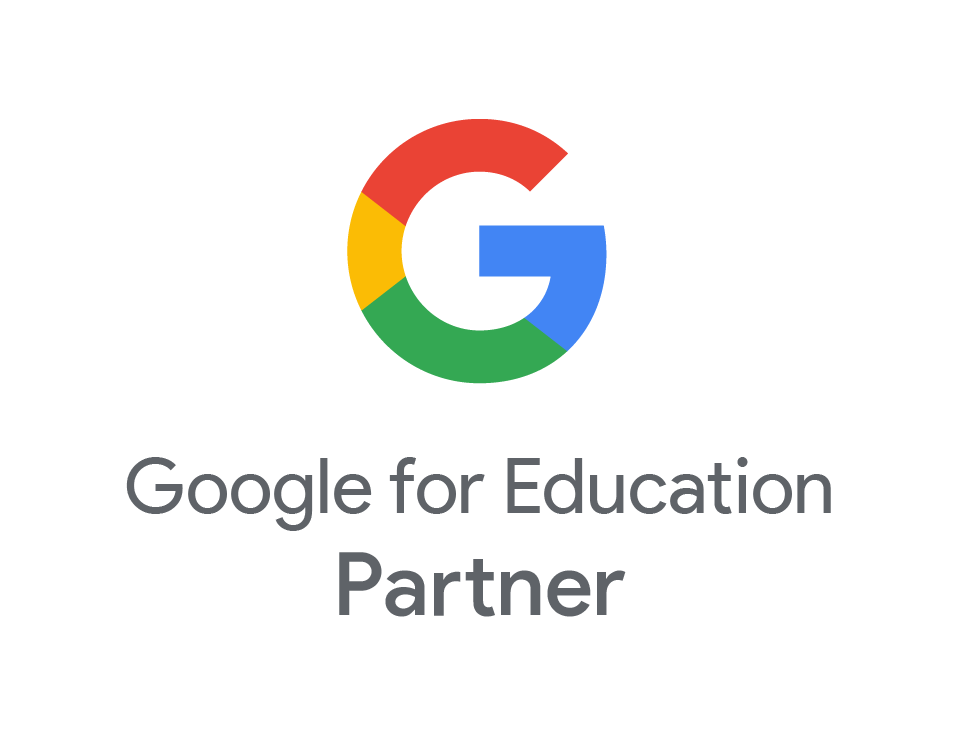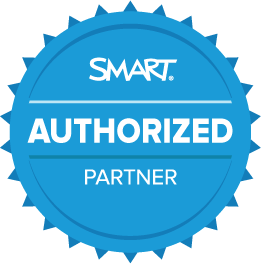Is Adaptive Learning the Solution to One-Size-Fits-All Ed?
- Sep
- 26

The best teachers are the most attuned ones. Without them saying a word, they can tell when a student is close to working out a new concept or just plain stuck. And they instinctively know how to tailor their instruction accordingly: throwing out clues to lead learners to the right answer or slowing down the pace to provide a little extra process time. They may even change up tasks partway through to refocus a neurodiverse student or ensure an advanced learner doesn’t get bored.
Educators are nothing if not adaptable, but it’s a huge ask for them to simultaneously give every learner in a classroom their full focus. For that, classrooms need adaptive technologies that centre the student experience.
What is Adaptive Learning?
Global Digital Learning defines adaptive learning as “the delivery of education or training that utilizes technology and data to provide an individually customized learning program to students, intelligently adapting to their learning needs.” Basically, it’s the opposite of a one-size-fits-all educational model.
With classroom sizes and educator burnout rates both increasing, schools are having to get creative in how they meet student needs. Adaptive technologies act as the ultimate teacher’s assistant. They make sure every learner gets the benefit of individual instruction, even when teachers can’t give them their immediate or undivided attention.
Designed vs. Algorithmic Adaptivity
The best learning tools still follow the best teaching methods. Adaptive learning technologies simply take what teachers already do well and help them scale it.
There are two ways adaptive teaching tech helps students connect with new material:
- Designed adaptivity tools rely heavily on teacher planning. Instructors sequence the lessons based on experience. Real-time feedback is provided by the technology based on an “if this, then that” methodology. The model works well for educators who want more say in how the student learns.
- Algorithmic adaptivity approaches use rulesets to curate content as a student learns. It takes into account what they show an understanding of and what tasks are most appropriate to follow up others.
What Does Assisted Learning Look Like in the Classroom?
Imagine you’re a student stuck on a math problem. With 25 other students in your class, you can’t always get immediate help, leaving you frustrated and diminishing your confidence to complete future problems. Now imagine a different scenario. You’re stuck on a problem, but instead of growing frustrated, you receive a helpful hint or video that gives you exactly what you need to unblock you. You realise what you need to do differently, complete the math problem correctly, and feel more confident in your ability to learn.
From there, the reinforced learner becomes reengaged, sparking their intrinsic motivation to master even the most difficult concepts.
All students deserve continuous access to customised educational resources that can meet them where they’re at. Adaptive learning tech satisfies this need without putting an undue burden on teachers and uplifting everyone.






